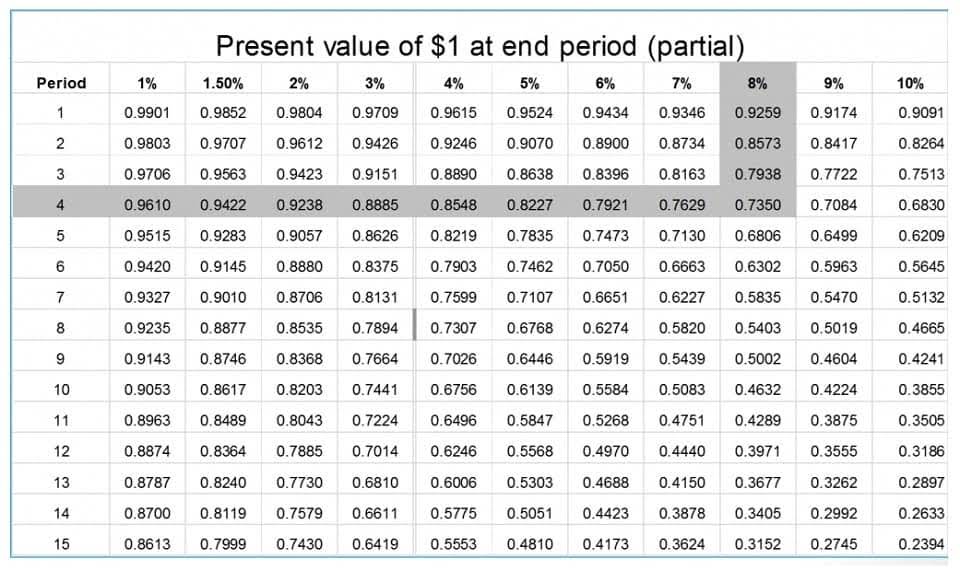
The main differences come in recognizing income or profits from an investment. Under GAAP, it’s largely dependent on the legal form of the asset or contract. Under IFRS, the legal form is irrelevant and only depends on when cash flows are received.
Balance Sheet:
- The GAAP guidelines allow companies to either record expenses related to gains and losses in a period incurred within the statement of operations (income statement) or defer those gains or losses using the corridor approach.
- The best way to think of GAAP is as a set of rules that companies follow when their accountants report their financial statements.
- GAAP, which stands for generally accepted accounting principles, is a set of guidelines governing the reporting of financial information by companies within the United States.
- The treatment of acquired intangible assets helps illustrate why the International Financial Reporting Standards (IFRS) are considered more principles-based.
DTTL and each of its member firms are legally separate and independent entities. DTTL (also referred to as «Deloitte Global») does not provide services to clients. In the United States, Deloitte refers to one or more of the US member firms of DTTL, their related entities that operate using the «Deloitte» name in the United States and their respective affiliates. Certain services may not be available to attest clients under the rules and regulations of public accounting. However, there are important differences to be aware of when GAAP-using entities are consolidating, reporting to, or negotiating with IFRS-using entities.

IFRS vs GAAP Income Statement: Differences and Similarities

In the US, under GAAP, all of these approaches to inventory valuation are permitted, while IFRS allows for the FIFO and weighted average methods to be used, but not LIFO. To summarize, here’s a detailed breakdown of how the two standards differ in their treatment of interest and dividends. Harvard Business School Online’s Business Insights Blog provides the career insights you need to achieve your goals and gain confidence in your business skills. The Revenue Recognition Standard, effective 2018, was a joint project between the FASB and IASB with near-complete convergence. It provided a broad conceptual framework using a five-step process for considering contracts with customers and recognizing revenue. IFRS generally uses the expected value in its measurement of the amount of the liability recognized, while the amount under US GAAP depends on the distribution of potential outcomes.
- For example, expenses may be disaggregated as purchases of materials, transport costs, depreciation and amortization, personnel costs and advertising costs.
- The primary difference between the two systems is that GAAP is rules-based and IFRS is principles-based.
- Under IFRS, the last-in, first-out (LIFO) method for accounting for inventory costs is not allowed.
- The traditional business model in the automotive industry has gradually begun to shift from one-time purchases to continuous post-sale revenue.
Income statement presentation: IFRS compared to US GAAP

This project is intended to provide guidance so that companies’ alternative performance measures will be more transparent and comparable. The FASB is also conducting a standard-setting project on the presentation of financial statements. While the proposals mostly focused on the income statement, some aim to reduce diversity in the classification and presentation of cash flows and improve comparability between companies. The company then discloses a reconciliation between the two cash and cash equivalents totals. Presenting additional line items, headings, and subtotals in the income statement differs under IFRS vs GAAP. The IAS 1 allows companies to use additional line items, headings, and subtotals in the income statement whereas GAAP does not present a requirement for that.
Presentation of expenses by function or nature
As a general rule, all additional line items and subtotals must be clearly labeled, presented, and made up of items recognized and measured using IFRS; and also calculated consistently across periods. Furthermore, items shouldn’t be displayed with more prominence than the other items required in the income statement. The GAAP multi-step format, on the other hand, comprises a gross profit section where the cost of sales is deducted from sales, followed by the presentation of other income and expenses to reach an income before tax. For non-SEC registrants under GAAP, there is limited guidance on the presentation of the income statement, just as with IFRS. The format and content of the income statement are factors when comparing IFRS vs GAAP income statement presentation. IFRS doesn’t prescribe the format of the income statement whereas GAAP prescribes the format and minimum line items to be presented for SEC registrants.
By being more principles-based, IFRS, arguably, represents and captures the economics of a transaction better than GAAP. Some of the differences between the two accounting frameworks are highlighted below. High-level summaries of emerging issues and trends related to the accounting and financial reporting topics addressed in our Roadmap series, bringing the latest developments into focus. A focus on principles may be more attractive to some as it captures the essence of a transaction more accurately. In practice, however, since much of the world uses the IFRS standard, a convergence to IFRS could have advantages for international corporations and investors alike.
What are the Similarities Between US GAAP and IFRS?
- Describing events or items on the income statement as ‘unusual or exceptional’ is one difference between the IFRS vs GAAP requirements for income statement presentation.
- The IASB can be thought of as a very influential group of people who are involved in debating and making up accounting rules.
- Under US GAAP, the classification of an item on the balance sheet, and its related accounting, often informs the appropriate classification in the statement of cash flows.
- Under IFRS Accounting Standards, the primary principle is that cash flows are classified based on the nature of the activity to which they relate.
- In fact, KPMG LLP was the first of the Big Four firms to organize itself along the same industry lines as clients.
- This is tools of financial analysis that don’t really matter for the accounting rules themselves.
Under this method, companies present the cost of sales separately from other expenses. The presentation of expenses by nature, on the other hand, is less complex. For instance, expenses may be disaggregated as personnel costs, purchases of materials, transport costs, depreciation and amortization, and advertising costs. Discounting gaap vs ifrs income statement of revenue is another factor in the differences between IFRS vs GAAP income statements. Under GAAP, discounting of revenue is required in limited situations such as in the case of receivables that has more than one-year payment terms, or in situations such as license agreements for TV programs or retail land sales.
Business Insights

GAAP dictates a specific format in which an income statement should be prepared, i.e. either using a single-step or multiple-step format. Under a single-step format, the classification of all expenses on the income statement is done by functions, and then those functions are deducted from the total income in order to derive income before tax. US GAAP and IFRS https://www.bookstime.com/ are the two predominant accounting standards used by public companies, but there are differences in financial reporting guidelines to be aware of. Although the format of the income statement is not prescribed, certain items require presentation, if material, either on the face of the income statement or disclosed in the notes to the financial statements.
- GAAP does not allow impaired assets to ever regain their value once impaired.
- IFRS-based companies also have many “Reserve” categories for items such as FX translation differences and unrealized gains and losses.
- Many companies disclose ‘operating profit‘ or ’results from operating activities‘ as a subtotal before profit or loss in the income statement.
- The International Financial Reporting Standards (IFRS), the accounting standard used in more than 144 countries, has some key differences from the United States’ Generally Accepted Accounting Principles (GAAP).
- On the other hand, the flexibility to use either FIFO or LIFO under GAAP allows companies to choose the most convenient method when valuing inventory.
However, there is flexibility in terms of adding line items, using non-GAAP financial measures and formatting options. Therefore, companies need to be thoughtful when exercising their presentation choices, develop detailed accounting policies and ensure consistent application of such policies with full and transparent disclosures. Companies with the intention of going public should be prepared to respond to future challenges based on these considerations. Another accounting policy election is the presentation of expenses by either their function or nature.

